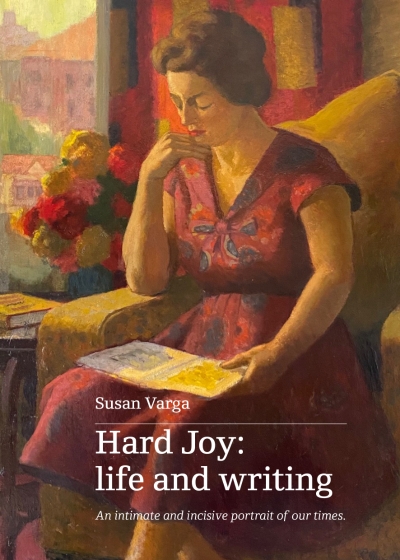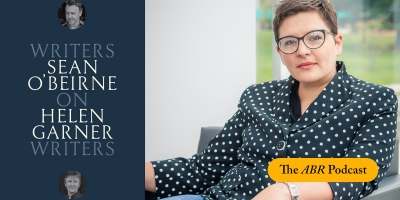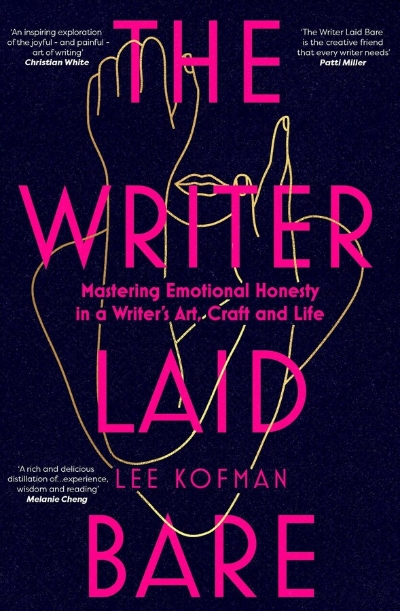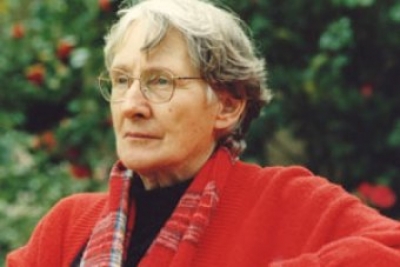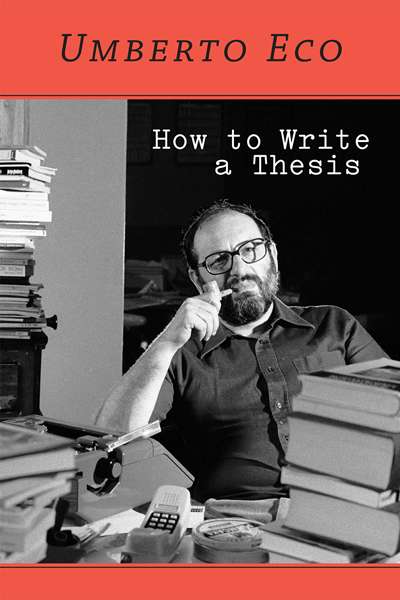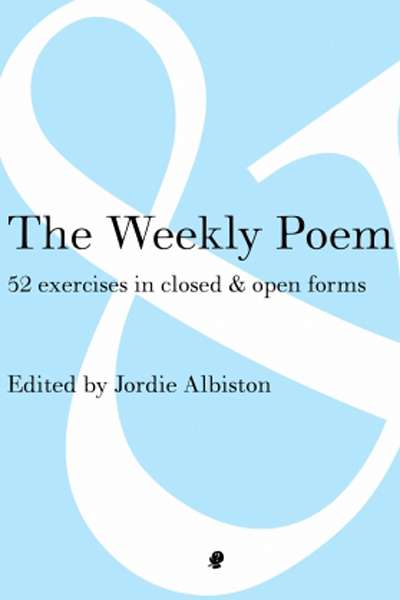Writers on Writing
The portrait likely to emerge in this article will be more that of a trend in Australian literature than of a writer named Frank Hardy.
Most people know a good deal about Frank Hardy, the writer and the man, little or nothing is known about the social forces which created him or his part in the ideological struggle which has characterised Australian literature for 100 years.
100 years? He’s not that bloody old, surely!
But I did know Mary Gilmore well and Henry Lawson’s widow, Bertha, and the first writer I tried to model myself upon was Lawson, especially his early writings about the great economic depression – 1888–93 (‘Faces in the Street’, ‘Arvie Aspinall’s Alarm clock’, etc.).
... (read more)Ten years ago, as I prepared to leave for three months in New York, an Australian friend resident in the USA sent a brochure about a new kind of portable typewriter which she said might be worth my buying. The machine could memorise a whole line of type which could be corrected by being viewed in sections through a panel capable of displaying sixteen letters or spaces. When I reached New York, she warned me off that model. An even better version would be available before I left town, one able to memorise an entire page.
... (read more)Open Secrets: Essays on the writing life edited by Catriona Menzies-Pike
The Writers on Writers series aims to tease some of Australia’s literary treasures out of the Aladdin’s cave of canonicity. A collaboration between publisher Black Inc., the University of Melbourne, and the State Library of Victoria, it began in 2017 with Alice Pung’s book on John Marsden and Erik Jensen’s on Kate Jennings. The series now boasts eleven titles, the most recent of which is Sean O’Beirne’s book on Helen Garner ...
... (read more)The Writer Laid Bare: Mastering emotional honesty in a writer’s art, craft and life by Lee Kofman
When I was seventeen, I sold my doll and all her little frocks and coloured, knitted things. At the time I thought I ought to sell her, it seemed important to have some extra money. She was advertised for £1. It was near Christmas – a good time for selling. A woman came and I saw her alone with the doll in the front room where my mother had made a fire, as she did only on Christmas Day and other holidays.
... (read more)

